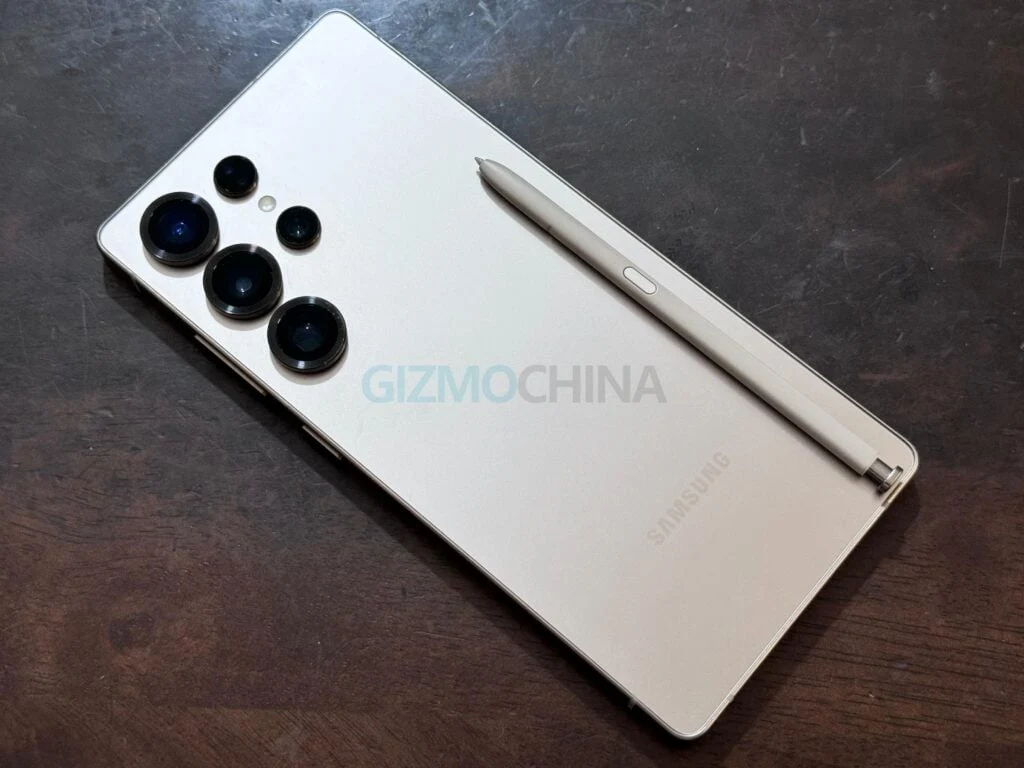Key Takeaways
1. Minor Enhancements Expected: The Samsung Galaxy S26 Ultra may feature only slight improvements over the S25 Ultra, with no major innovations anticipated.
2. Design and Camera Specs: The new model is likely to have thinner bezels but will retain the punch-hole camera design with the same 12MP front camera, as under-display camera technology remains exclusive to the Galaxy Z Fold series.
3. Charging Speed: The S26 Ultra will likely maintain the current 45W charging standard, with potential minor changes to charging protocols that may require users to purchase new adapters.
4. Performance Upgrade: The phone is expected to be powered by the Snapdragon 8 Elite 2 processor or Exynos 2600 in some regions, promising better processing capabilities, though the extent of performance improvements remains unclear.
5. Sales Expectations: Following the successful launch of the S25 Ultra, which sold 1 million units in 21 days, it is uncertain if the S26 series will achieve similar success given the rumored lack of significant upgrades.
Rumors surrounding the Samsung Galaxy S26 Ultra hint that the new flagship might bring only slight enhancements compared to its predecessor, the Galaxy S25 Ultra. While fans were looking forward to major innovations, initial reports suggest that the improvements for the S26 Ultra may just be small adjustments in design, display, and charging features.
Design Changes and Camera Specs
The Galaxy S26 Ultra is likely to come with thinner bezels, resulting in a better screen-to-body ratio than the S25 Ultra. Nevertheless, according to insider PandaFlash X, the much-anticipated under-display camera (UDC) tech will still be limited to the Galaxy Z Fold series. The S26 Ultra is set to keep the current punch-hole camera design, featuring the same 12MP front camera and Infinity-O display as the existing flagship model.
Charging Speed Expectations
One of the most sought-after upgrades—improved charging speeds—may not happen with the S26 Ultra either. It seems that Samsung will continue with the 45W charging, a standard they have used for many years. So, at best, they might change to a new charging protocol which would make existing accessories useless, pushing you to buy a new adapter.
In fact, the tipster noted that it “might be 45w or between 50w.” Thus, for those planning to upgrade next year while holding onto their current adapter, you might find yourself needing to purchase another adapter that comes with extra packaging, adding more waste to the environment. This decision could (or should) upset many who are looking forward to the Galaxy S26 series.
Performance Improvements
On a brighter note, the S26 Ultra will receive a chip upgrade. It’s rumored to come equipped with the Snapdragon 8 Elite 2 processor, while some regions might get the Exynos 2600. Although this promises better processing capabilities, it’s unclear how much significant the performance improvements will be compared to the S25 Ultra.
The Galaxy S25 Ultra set a remarkable precedent, selling 1 million units within 21 days in South Korea, largely due to the new Galaxy AI Subscription Club. It remains uncertain if the next models will replicate that success.
Conclusion
Anticipating the Galaxy S26 Ultra was once thought to be a smart choice for those not in a hurry to upgrade, given that this year’s models only feature a few minor enhancements. However, if the rumors hold true, it appears that Samsung’s strategy for the S26 series may not differ much.









